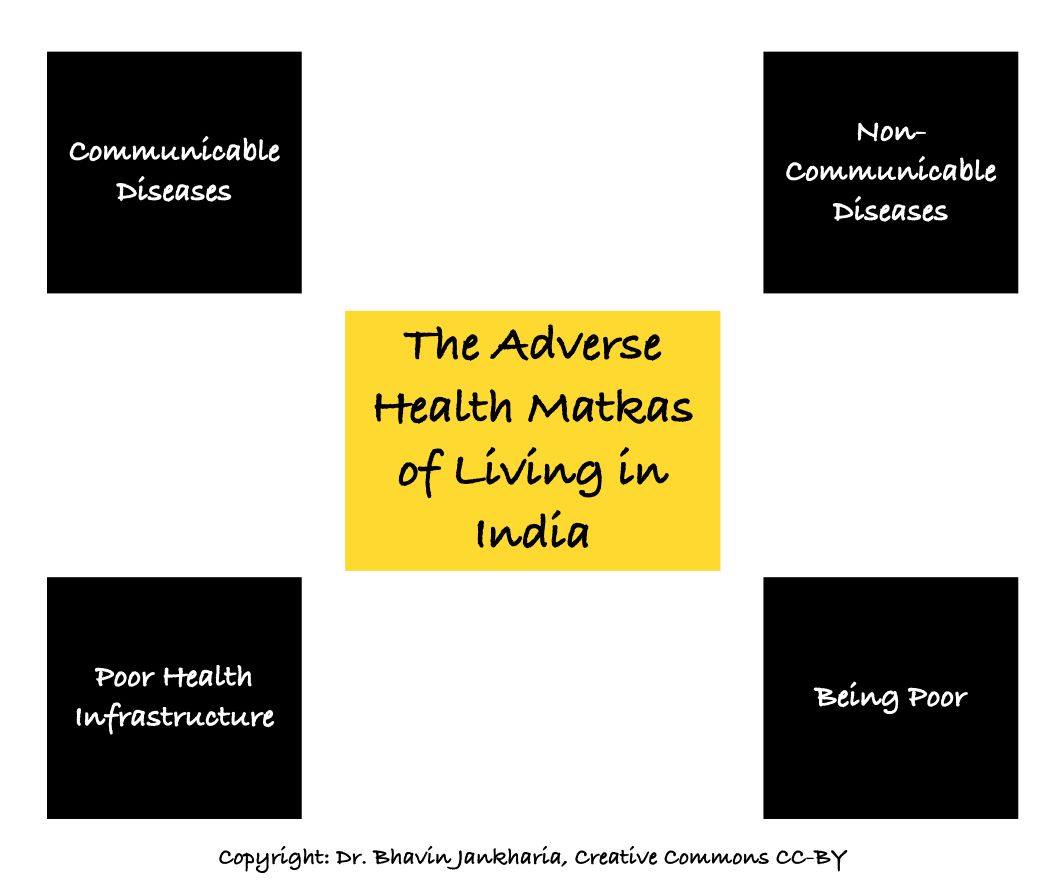Where are Our Doctors?
We don't have enough doctors in India adding to the quadruple whammy of living in India

Dr. Robert Baid McClure has the distinction of holding the Maharashtra Medical Council (MMC) registration number of 1. He died aged 90 in 1991 in Canada. He is part of the “stock” of 1.255 million (12.56 lakh) doctors listed in the Indian Medical Registry as of September 2020 [1], of which an arbitrary 80% is supposed to be currently practicing (1.05 million or 10.05 lakhs), giving us a doctor:patient ratio of 1:1343, for a population of 1.35 billion (135 crores). Dr. Ramchandra Shivaji Poredi is the first entry (No 100) in the Bombay Medical Council (now defunct). He was registered in 1913. He too is not alive. He is also part of the same stock of 1.255 million doctors.
Both doctors are part of the arbitrary 20% of doctors who are considered to have died or retired or stopped practice or have never practiced or have migrated. In reality though, we have no clue. No one really knows how many doctors are actually practicing in India, i.e. are part of the “living/practicing” list of doctors. No one!! We have no tracking mechanism once a doctor has been registered in their respective state medical council.
Multiple papers over the last two decades have shown that the situation is actually quite dire. The most recent is from Anup Karan and his colleagues from the Indian Institute of Public Health [2] that compares the National Health Workforce Account (NHWA) numbers (taken from the Indian Medical Registry) with the numbers from the census and the National Sample Survey Office (NSSO) of 2018. The articles suggests that the number of living and practicing “qualified” doctors is likely 675000 (5:10,000), which is an availability of just 53% of those registered (another 148000 odd are “doctors” but unqualified and likely quacks). So our doctor:patient ratio drops to 0.5:1000 or 1:2000.
We might turn around and say that the situation is likely to improve significantly. After all, we have the largest number of medical colleges in the world (554) and an intake of 83075 students per year as of March 2021 [3]. Assuming that 80% of these students complete their MBBS, we would have 66460 doctors added to the workforce and even if just 25% of them migrate or don’t practice, we would add at least 50000 doctors per year.
But the population is also growing at 0.92% (13 million or 1.3 crores more people) every year. In 10 years, we would at best get to 1.175 million (11.75 L) doctors, which would bring us to a ratio of 0.69:1000 or 1:1294, which is still just not good enough, given the fact that the population is also aging considerably and would have aged even more in the next 10 years.
And we are not even considering the new WHO norms of 44 healthcare workers (doctors, nurses, technologists) per 10,000 population [4]. We are barely halfway there and will not get there even after 10 years. And it is the same story with nurses (just double the doctor numbers) and technologists. In comparison, Qatar has the highest D:P ratio in the world of 7.7:1000, with Cuba at 6.7:1000, Spain at 4.9:1000, Switzerland at 4.0:1000, Australia at 3.2:1000, China at 1.5:1000 and Bangladesh at 0.3:1000.
The chart below summarizes these doctor numbers.
This post is free to read, but you will need to subscribe with your email ID to read the rest of the post and to listen to the accompanying audio/podcast.
